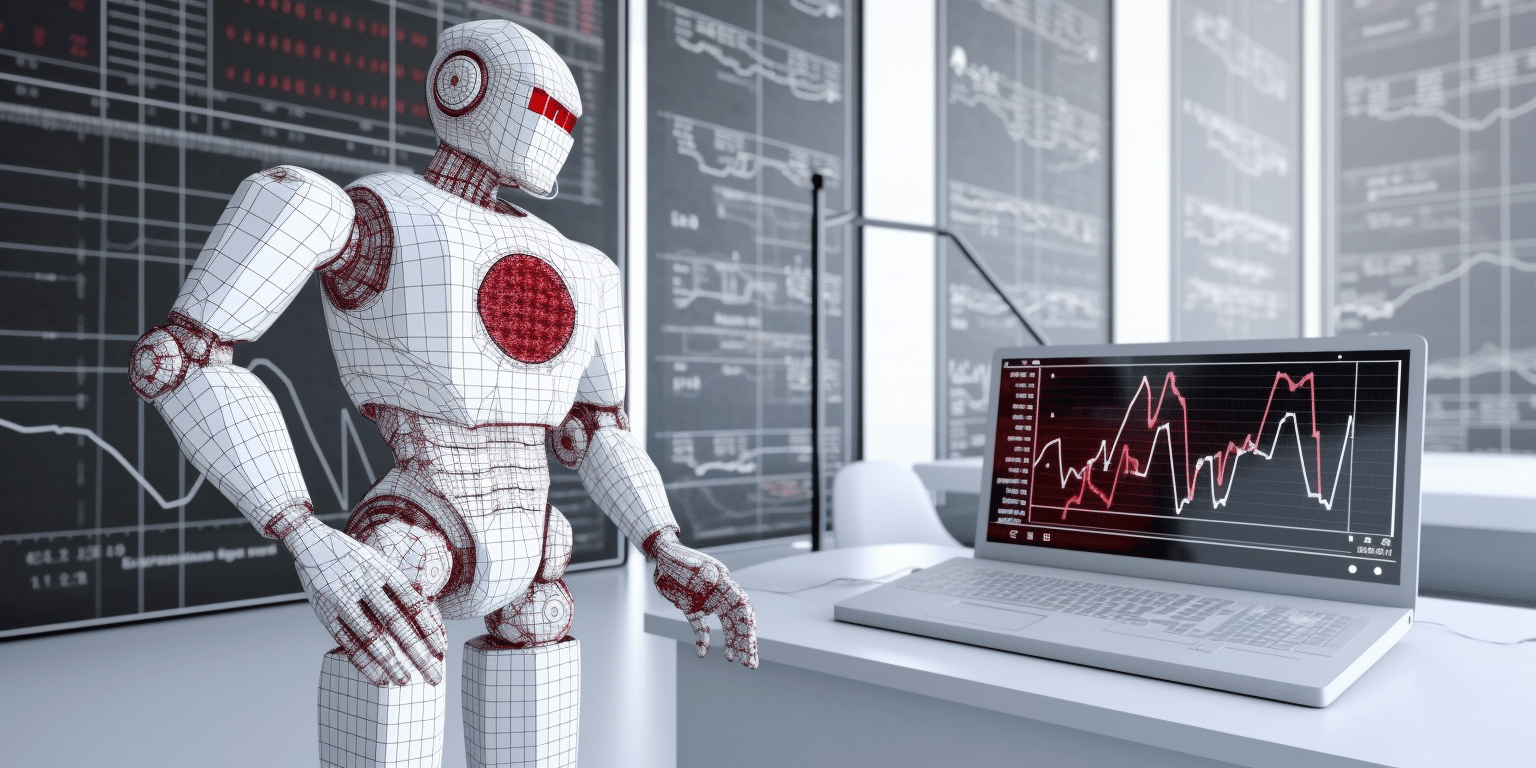Automated trading robots, also known as algorithmic trading or “bots,” are computer programs that automatically execute trades based on predetermined rules and criteria. While they can provide several advantages, they also have their drawbacks. In this article, we will discuss the pros and cons of automated trading robots.
Pros:
- Emotion-free trading: One of the most significant advantages of using automated trading robots is that they eliminate the emotional factor from trading. Traders may experience fear, greed, or other emotions that can cause them to make impulsive or irrational trading decisions. It follow a pre-defined set of rules and execute trades accordingly, removing any emotional bias.
- Increased speed and efficiency: Automated trading robots can analyze vast amounts of market data quickly and efficiently, much faster than humans. They can process market data in real-time and execute trades automatically, making them an excellent tool for high-frequency trading.
- Backtesting capabilities: Automated trading robots allow traders to test their strategies on historical data. This feature helps traders identify the strengths and weaknesses of their strategies, allowing them to make improvements before implementing them in real-time trading.
- 24/7 trading: Unlike human traders who need to take breaks, automated trading robots can run continuously, monitoring the market and executing trades, even outside regular trading hours.
Cons:
- Limited flexibility: Automated trading robots are only as good as their programming. They are designed to follow specific rules and criteria and may not be able to adapt to unexpected market conditions. This can lead to missed opportunities or incorrect trades if the market behaves differently from the programmed rules.
- Technical glitches: Automated trading robots rely on technology, and technical errors can occur. A power outage or a malfunctioning server can cause the system to fail, leading to losses.
- Over-optimization: Traders can over-optimize their automated trading robots, leading to a strategy that is too specific and tailored to a particular market condition. This can result in poor performance in other market conditions.
- Requires technical knowledge: Setting up and maintaining an automated trading robot requires some technical knowledge. Traders need to have a good understanding of programming, trading strategies, and risk management to ensure their robot runs effectively and safely.
Automated trading robots have several advantages, including emotion-free trading, increased speed and efficiency, backtesting capabilities, and 24/7 trading. However, they also have some drawbacks, including limited flexibility, technical glitches, over-optimization, and the need for technical knowledge. Traders should weigh these pros and cons before deciding to use an automated trading robot and ensure they have a good understanding of the risks involved.









